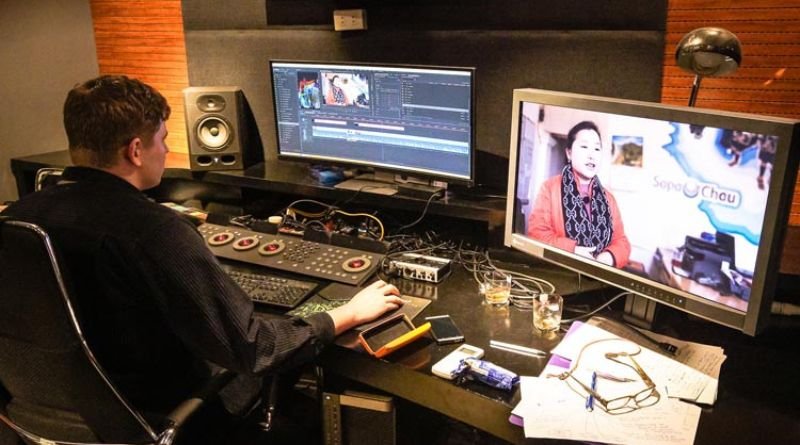Video editing is a crucial aspect of filmmaking, often described as the “invisible art” because when done well, it goes unnoticed by the viewer. It’s the process that can make or break a film, determining its pacing, mood, and overall impact. Today, we’ll explore some key techniques used in cinematic video editing to help aspiring filmmakers elevate their projects.
Table of Contents
1. Understanding the Basics: Cuts and Transitions
The most fundamental aspect of video editing is the cut, which is the sudden change from one shot to another. Cuts can be used to control pacing, emphasize action, or shift focus. Here are some basic types of cuts:
- Hard Cut: A sudden transition from one shot to another.
- Jump Cut: A cut that makes the action appear to jump forward in time.
- L Cut: A cut where the audio from the preceding scene continues over the shot from the following scene.
- J Cut: The opposite of an L cut, where the audio from the following scene starts before the shot changes.
2. The Power of Continuity Editing
Continuity editing is a style that aims to create a seamless flow between shots, maintaining the viewer’s suspension of disbelief. Key techniques include:
- Match on Action: Cutting from one shot to another that features the same action, creating a smooth flow.
- Eyeline Match: Ensuring that the direction of a character’s gaze matches the position of the object or character they’re looking at in the next shot.
- 180-Degree Rule: Keeping the camera on one side of an imaginary line that runs through the scene to maintain spatial consistency.
3. Creative Montages and Sequences
Montages are a series of shots edited together to condense time or convey a lot of information quickly. They can be used to show the passage of time, character development, or a sequence of events. Techniques include:
- Fast-Paced Montage: Quick cuts to show a flurry of activity.
- Slow-Motion Montage: Slowing down key moments to emphasize emotion or action.
- Split-Screen Montage: Displaying multiple shots simultaneously to show parallel actions.
4. The Impact of Sound Design
Sound is often overlooked but is crucial in video editing. It can enhance the mood, drive the narrative, and create a sense of immersion. Key aspects of sound design include:
- Dialogue Editing: Ensuring that dialogue is clear and well-paced.
- Sound Effects: Adding realistic sounds to enhance the visuals.
- Music: Using a score or soundtrack to set the emotional tone.
- Ambient Sound: Background noises that create a sense of environment.
5. Color Grading and Visual Effects
Color grading and visual effects (VFX) can significantly enhance the look and feel of a film. Color grading involves adjusting the colors to create a specific mood or style, while VFX can add elements that weren’t present during filming. Techniques include:
- Color Correction: Adjusting colors to ensure consistency across shots.
- Color Grading: Applying a specific color palette to evoke a certain mood.
- Green Screen: Replacing the background of a shot with a different image or video.
- Compositing: Combining multiple visual elements into a single shot.
6. The Importance of Storytelling
Ultimately, the goal of video editing is to tell a compelling story. Every cut, transition, and effect should serve the narrative. Here are some tips for story-driven editing:
- Pacing: Vary the length of shots to control the pace of the story.
- Emphasis: Use close-ups and slow motion to emphasize important moments.
- Structure: Ensure that the editing supports the overall structure of the story, with a clear beginning, middle, and end.
Conclusion
Video editing is a complex and multifaceted art form that requires both technical skill and creative vision. By mastering the basics of cuts and transitions, understanding continuity editing, experimenting with montages, paying attention to sound design, utilizing color grading and VFX, and always keeping the story at the forefront, aspiring filmmakers can elevate their projects to new heights. Whether you’re working on a short film, a documentary, or a feature-length movie, these techniques will help you create compelling and engaging videos.
